S, blue square, 2007
Acrylic on medium composite material
Signed and dated under the base
Height: 30 cm
Some tiny stains on the base visible on photos
Joël Froment attended the Sèvres art high school before He joined the École des Beaux-Arts in Paris in 1962. There he obtained a higher diploma in visual arts. In 1968, he was the first abstract painter to win the First Grand Prix de Rome and as such was a resident of the Villa Medici until 1972 under the direction of Balthus. Back in France, he exhibited at the Salon des Réalités Nouvelles and participated in the international MADI movement advocating an art free from constraints, playful and inventive.
After a period of lyrical abstraction and tired of writing that he considered repetitive, Joël Froment moved towards minimalist geometric abstraction. Curves, straight lines and tangents then come together under the precision of its tools. Combined with the symbolism and internal movement of each color, these shapes offer multiple combinations. The plastic language based on the relationship between geometric shapes and the energetic aspect of colors developed by Joël Froment brings it closer to concrete art as defined by Theo van Doesburg: “concrete and not abstract painting, because nothing is more concrete, more real than a line, than a color, than a surface”.
The artist's work, resulting from successive experiments, results in the application of the principles of two-dimensional painting to three-dimensional relief. The abandonment of the traditional support is accompanied by reflections on space. Joël Forment moves from large painted canvases to the design of plastic objects, exploring three-dimensional form and thus inventing the vocabulary of a particularly original sculpted work.
The sculpture we are offering illustrates this trend in the artist's work. It is the assembly of a sphere supporting a parallelepiped, both blue in color. The play on volumes, on the different perceptions depending on the point of view adopted, on the light thanks to the shadows created by the two faults which punctuate the composition make this object a very beautiful example of geometric abstraction in sculpture.


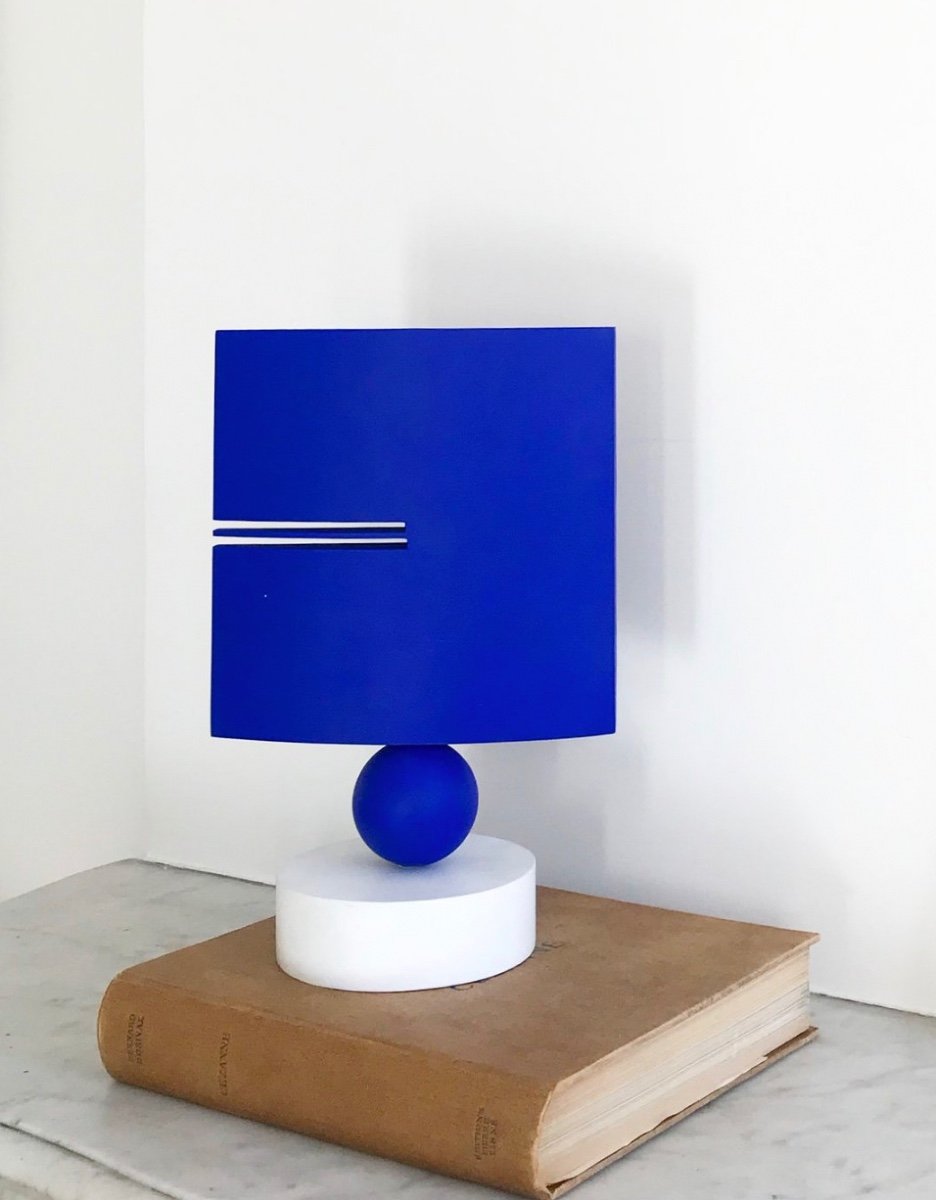
























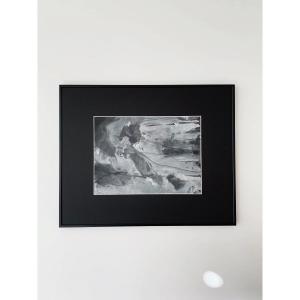


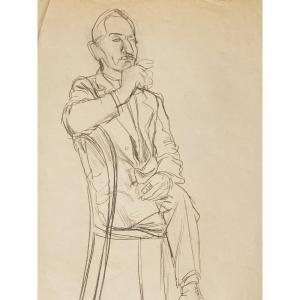

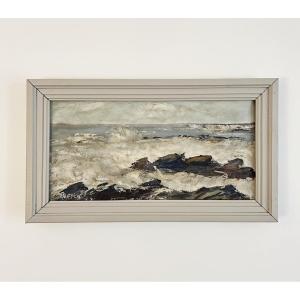
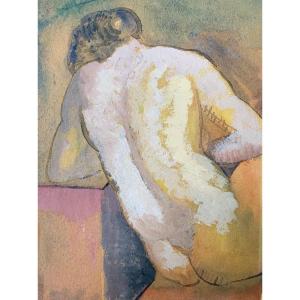


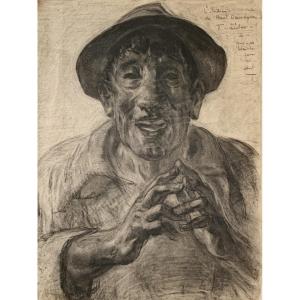
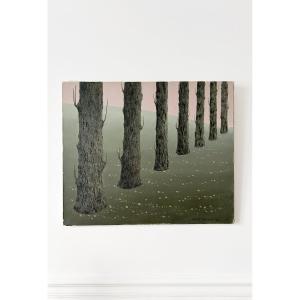


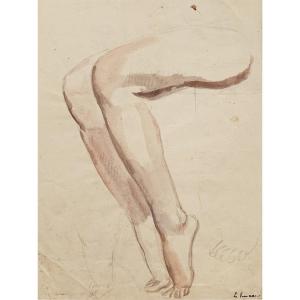
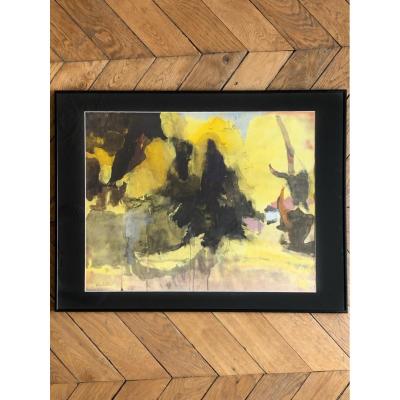

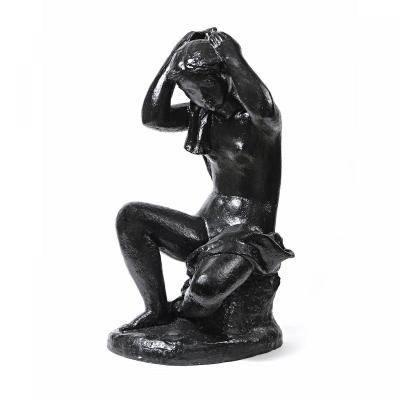

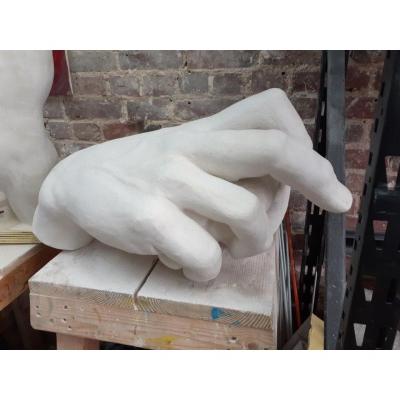




 Le Magazine de PROANTIC
Le Magazine de PROANTIC TRÉSORS Magazine
TRÉSORS Magazine Rivista Artiquariato
Rivista Artiquariato